Children often succeed with learning when they are interested in what you’re teaching them. Nothing interests a child more than seeing photos of themselves! Take advantage of this interest and use photos of your child, and those who love them most, to help them learn and grow!
Picture Schedule Book
We used one of Pinhole Press’ photo books to create a “picture schedule” to help make transitions easier throughout the day. Visual schedules can be used to increase independence, get kids into a routine, and even help build vocabulary.
The picture schedule book is also great for working on verbs (eating, sleeping, playing) and for expanding sentence length. Knowing a lot of verbs helps toddlers speak in sentences.
This book is also a great opportunity to work on yes/no questions. (Did you brush your teeth?), Work on phrases (“all done,” “play trains,” “go night-night”)

Have you noticed that children love seeing themselves in books? Many children love carrying around their own small books too!

The family name cards are also awesome! We put pictures of family members/teachers/caregivers/pets on each card and we love to talk about who we see on the card. For an older child, it would be fun to name each person and describe what the child enjoys doing with that person, where they live, etc. These cards are versatile; they can be used for many different ages and stages.

Incorporating family is integral to play in the home. Being able to use pictures and faces of family members and friends is so important! (You could even upload pictures of classmates/teachers in the school setting!).
The Game of Memory:
The aim of this personalized memory game is for the child to visually recall where the matching card is within the other cards. This game can help fine-tune many skills.

Visual Memory
Visual memory is a perceptual skill. In this game, your child will look at a picture, turn it over and recall what the picture was and where it was located.
Visual Scanning
This game helps children move their vision from left to right which is a prerequisite for reading.
Strategy
Strategy is considered to be an executive functioning skill or a higher-level thinking skill.
Fine Motor Skills
Turning the cards over helps fine-tune a child’s fine motor skills.

Using cards with meaningful pictures of family/friends assists with memory/focus as well.
To make it easier, start with about 6-8 cards and then slowly build the number of cards you use for more of a challenge.
For variations, you can have family members pose in different body positions/movements for the child to copy once they find the other match. This adds in a gross motor component (our OTs and PTs love this for body awareness and strengthening).
If you have younger kiddos- you could have them simply match the cards and talk about the pictures and people on the cards.
The Personalized Sticker Book

We were also provided with a personalized sticker book to try out. This adorable book comes with several stickers that you pick and place in a journal.
We thought this was a great idea especially for summer travel, important events, etc. We chose pictures of my son/daughter doing activities and going on trips throughout the summer. My son will be able to take a sticker and draw his own picture of his favorite memory or adventure with him as the star of the story.
Developmentally, drawing and beginning reading/writing is what a kindergarten student should be doing, so this type of journaling is perfect! Since he will just be starting kindergarten in September, our focus will mainly be on drawing pictures to go along with his thoughts/ideas.
According to Shrewsbury Public Schools:
“Between the ages of 4 and 6 years, children become more aware of their environment and attempt to draw common objects they see around them. Spatial organization is still developing at this stage, so drawings may appear to be either too big or too small and positioned at odd angles on the paper.
While it is important to encourage a young child’s creativity, it is equally important to teach them how to draw basic and simple shapes and figures. Drawings can become a form of expression for a child who struggles with language or writing skills. During journal writing in kindergarten, a child is encouraged to draw his story or his thoughts.”
Pinhole Press has many books/games that can be personalized to promote speech/language and motor development. Check out their website
About the Authors
Collaborating together as mothers, sisters and professionals on our Instagram @everydaybabyplay has been a fun and rewarding experience to help others learn more about development and the importance of the occupation of PLAY!

Kristin lives in NY and is married to her wonderful husband Erik and is Mommy to two beautiful children ( 1.5yrs, 5yrs and 1 mini-dachshund 9yrs old). She has been a pediatric occupational therapist for 10 years and currently works in a school-based setting treating children from pre-K to 6th grade. She loves to spend time with her family, PLAYING, traveling, and enjoys being outside walking/hiking/“glamping.”

Lindsey lives in Texas with her amazing husband, Jeremy, and two children (1.5, 3.5). She has been a pediatric speech therapist for 10 years and she has worked in a variety of settings (early intervention, private schools, private clinics, and public schools). She enjoys playing with her own kids, baking, running, and being outdoors!

Lauren lives in Pennsylvania with her husband, Andy, and sweet toddler, Carter(affectionately nicknamed Carter-boo). Lauren is a doctor of Audiology who primarily works with adult populations with special interests in amplification, balance disorders, and diagnostic testing. In her free Lauren enjoys swimming, kayaking and spending quality time with her family.
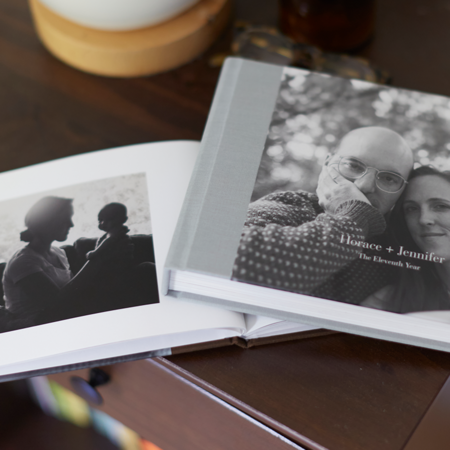

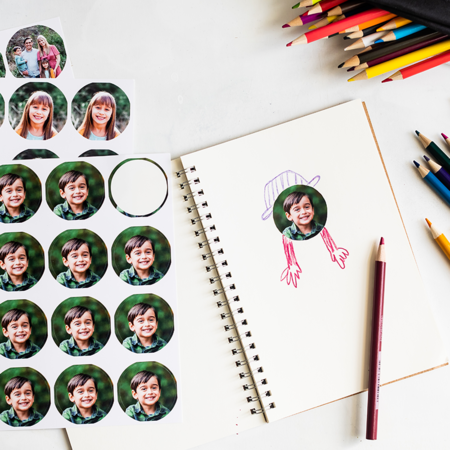
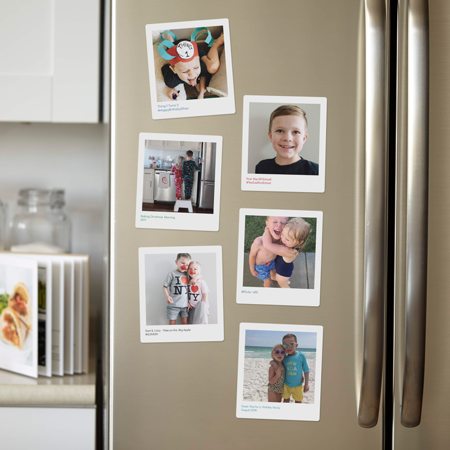
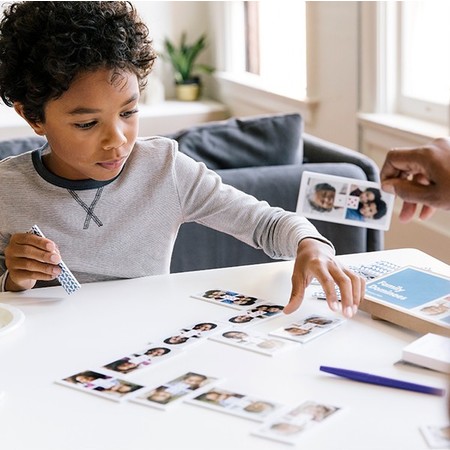


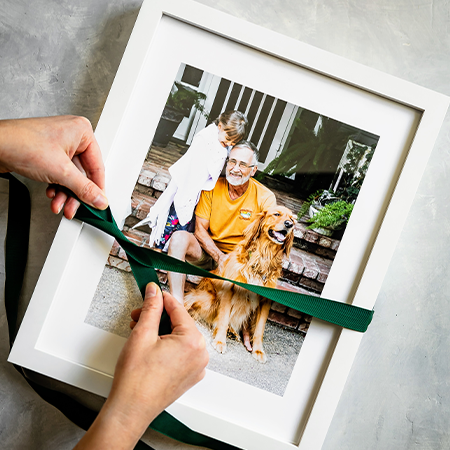

Comments are closed.